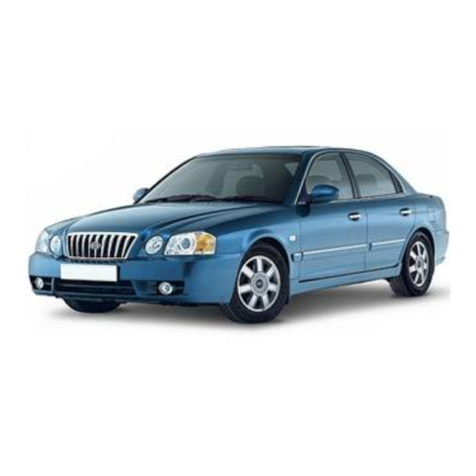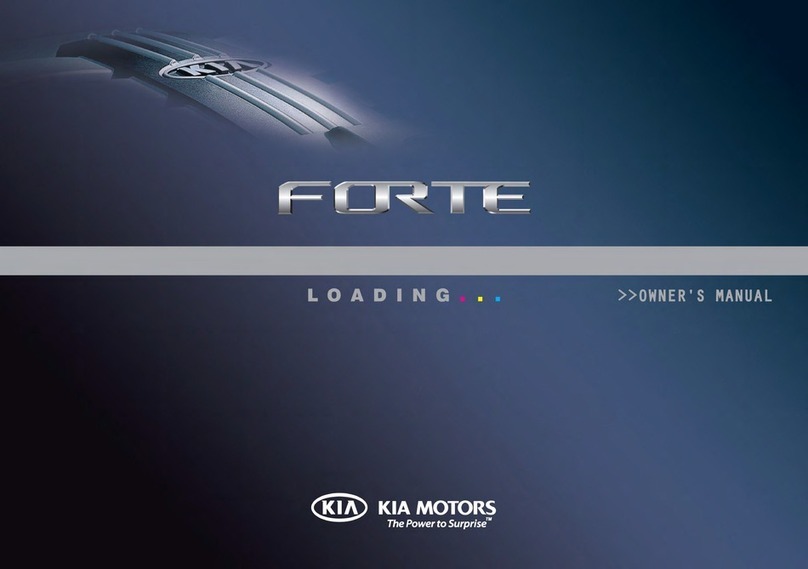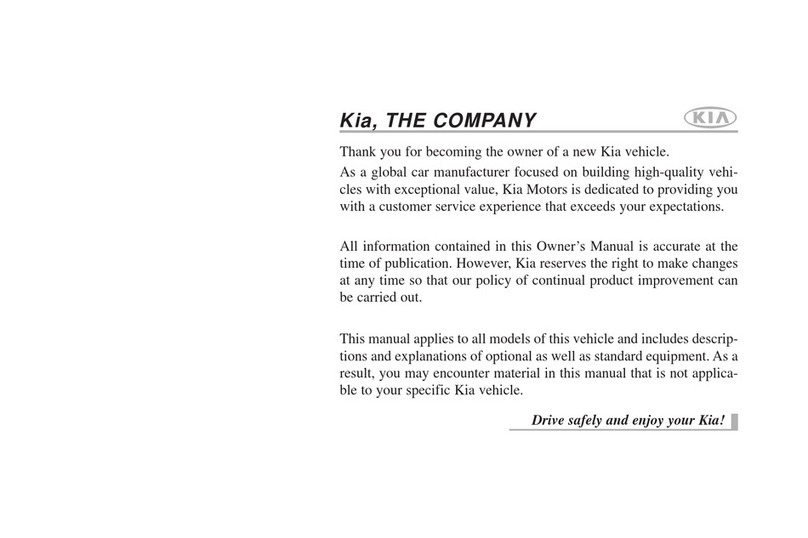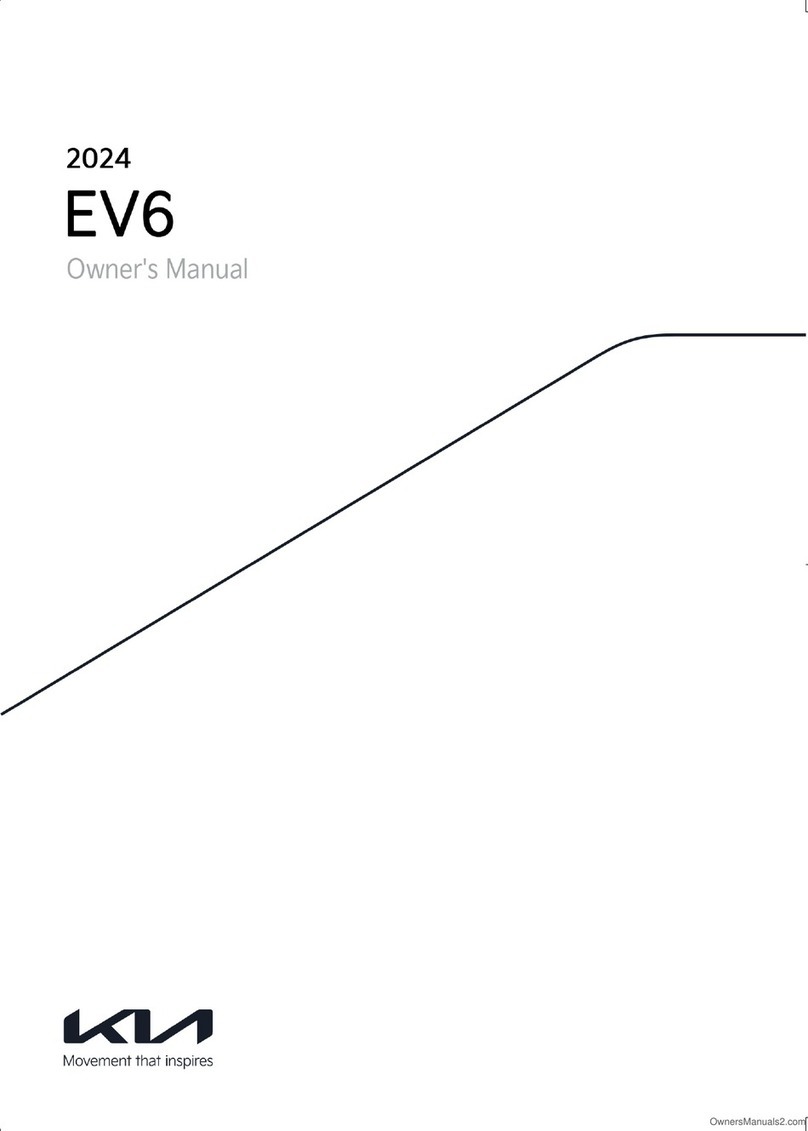present you from making an error that could damaged the vehicle. Warnings remind you to be especially careful in
specific areas where carelessness can cause personal injury.
The following items contain general procedures you should alwys follow when working on a vehicle :
PROTECTION OF THE VEHICLE
• Always cover fenders, seats, and floor areas before starting work.
Operate the engine only in a well-ventilated area to avoid carbon monoxide poisoning.
A WORD ABOUT SAFETY
The following precautions must be followed when jacking up the vehicle:
1. Block the wheels.
2. Use only the specified jacking positions.
3. Support the vehicle with safety stands.
The engine compartment must be clear of tools and people before starting the engine.
PREPARATION OF TOOLS AND MEASURING EQUIPMENT
1. All necessary tools and measuring equipment should be available before starting any work.
SPECLAL SERVICE TOOLS (SST'S)
1. Use special service tools when they are required. SST's can be found under "preparation" prior to any procedure
requiring them.
REMOVAL OF PARTS
1. Begin work only after first learning which parts and subassemblies must be removed and disassembled for
replacement for repair.



















































